Fruit chips are a delicious and convenient way to enjoy fruit anytime, anywhere. But did you know that the drying method used—whether dehydration, air drying, baking, or freeze-drying—can dramatically affect their nutritional value, bioactive compounds, antioxidants, texture, taste, and aroma?
Whether you’re looking for a chewy, crispy, or nutrient-packed snack, understanding these methods helps you make an informed choice.
And if you’re someone who prioritizes antioxidants, polyphenols, and other bioactive compounds for gut health, brain function, mental wellness, or overall well-being, the drying method is especially important. Some techniques preserve these powerful nutrients far better than others.
Let’s explore how different drying methods impact mango and soursop. Soursop is a tropical superfruit packed with vitamin C, B vitamins, acetogenins, and polyphenols known for immune, digestive, and neurological health benefits.
Drying Methods for Fruit Chips and Their Impact on Taste, Aroma, and Nutrition
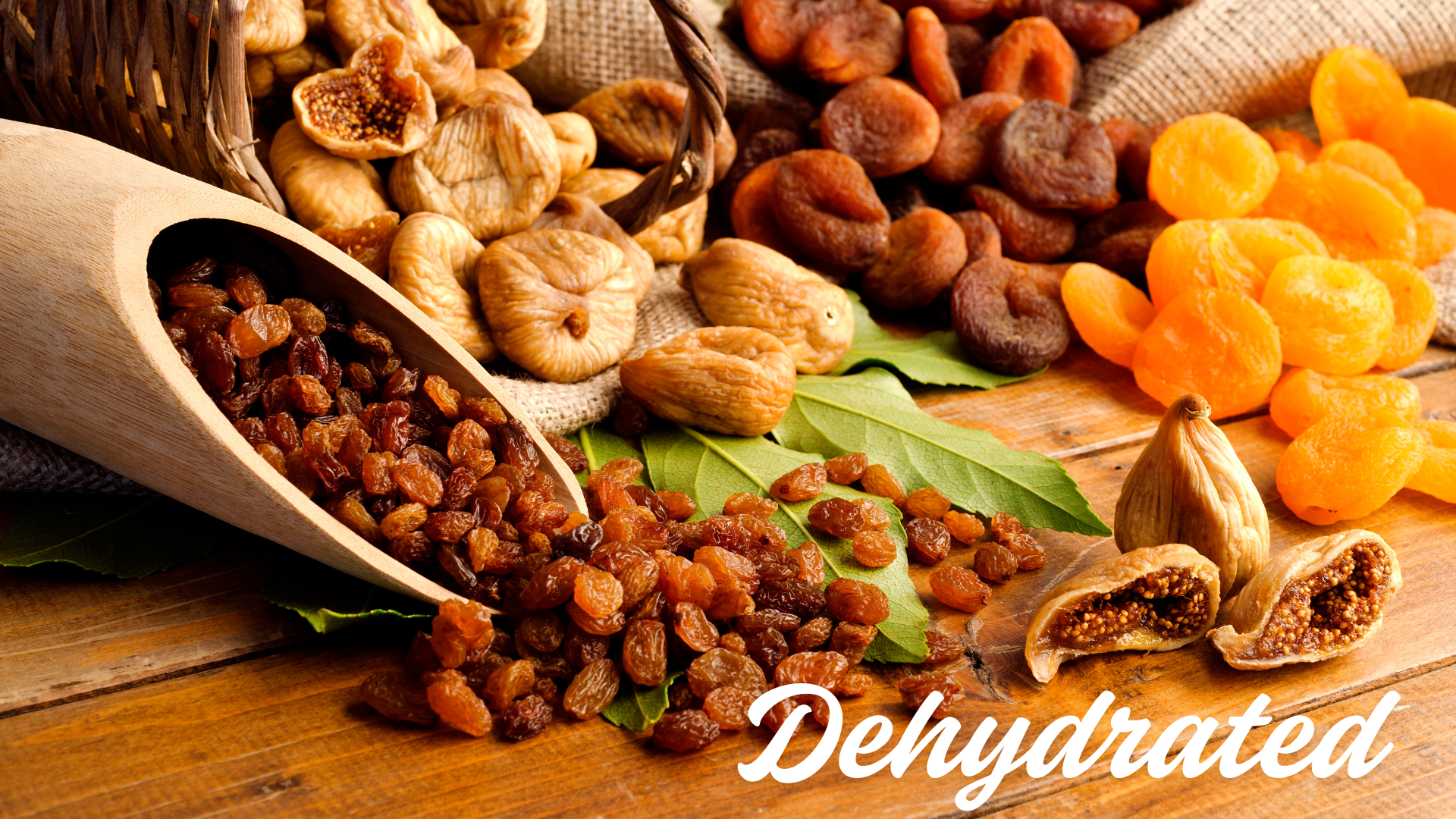
1. Dehydration: The Classic Chewy Snack
- Process: Uses controlled heat (100–120°C) to remove moisture, sometimes with pre-treatment to prevent browning.
- Nutritional Impact: Moderate loss of vitamin C, polyphenols, and some antioxidants. Fiber remains intact.
- Taste & Aroma Impact: Heat breaks down volatile compounds, reducing the fruit’s natural aroma. Mango becomes sweeter and more caramel-like. Soursop tropical tanginess fades, leaving a milder, less aromatic taste.
- Texture: Chewy and dense due to residual moisture (~10–20%).
- Best for: Those who enjoy a soft, chewy texture and a more traditional dried fruit experience.
2. Air Drying: The Slow and Steady Method
- Process: Removes moisture at low temperatures over an extended period.
- Nutritional Impact: Better vitamin retention than dehydration, but polyphenols and antioxidants still degrade over time.
- Taste & Aroma Impact: Retains more natural fruit aroma than dehydration. Mango has a richer, tangier flavor. Soursop keeps its tropical notes but loses some of its creamy mouthfeel.
- Texture: Soft and chewy with slightly higher water content (~30%).
- Best for: Those who want a more natural taste and better nutrient retention than traditional dehydration.
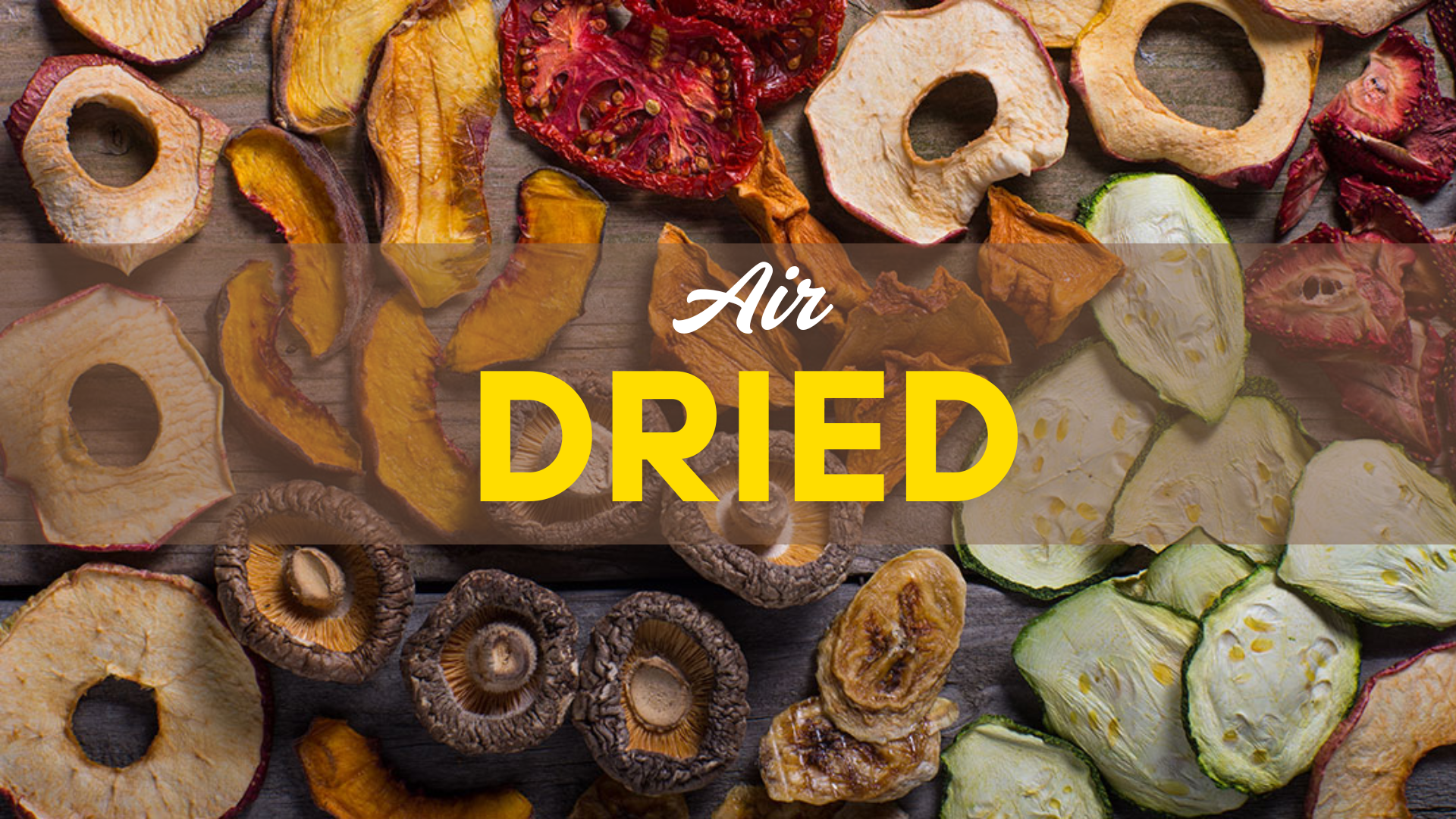
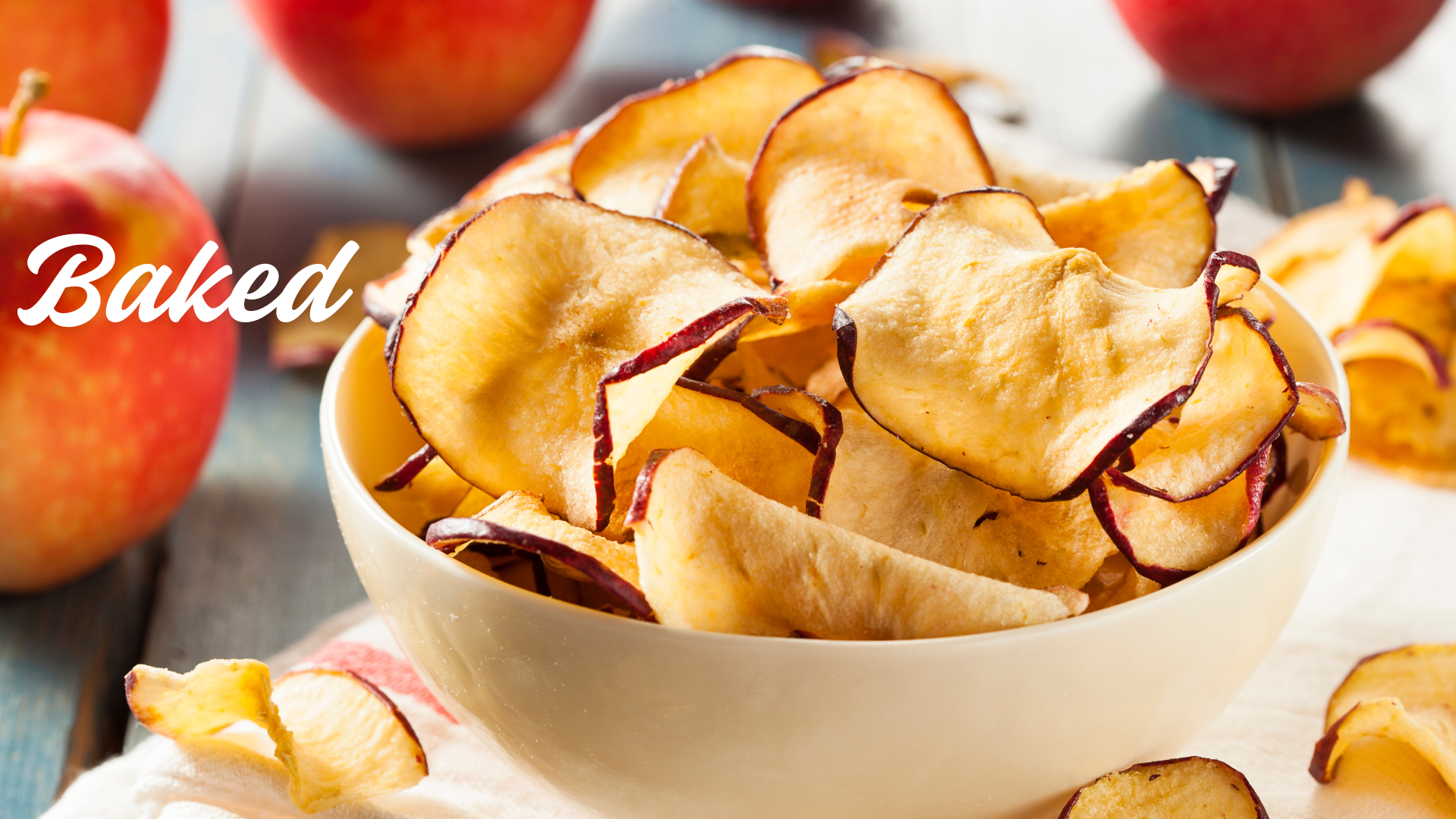
3. Baking: The Crispy Caramelized Option
- Process: Uses oven heat (~120°C) to remove moisture and crisp the fruit.
- Nutritional Impact: Significant vitamin C and antioxidant loss due to heat. Caramelization alters sugars and creates hydroxymethylfurfural (HMF), which may impact health if consumed in excess.
- Taste & Aroma Impact: Heat caramelizes natural sugars, making the fruit taste sweeter but reducing freshness. Mango becomes rich, honey-like, and slightly nutty. Soursop loses its signature tropical tartness and becomes more neutral.
- Texture: Crunchy and crispy, sometimes with a slight chew.
- Best for: Those who love crunchy, sweet snacks but don’t mind a trade-off in vitamin retention.
4. Freeze-Drying: The Nutrient Powerhouse
- Process: Freezes fruit and sublimates water in a vacuum chamber, preserving its structure.
- Nutritional Impact: Retains up to 97% of vitamins, polyphenols, and antioxidants, making it the best method for preserving bioactive compounds.
- Taste & Aroma Impact: Keeps original fruit aroma and flavor almost intact. Freeze-dried mango tastes fresh and tangy, while freeze-dried soursop retains its characteristic tropical and floral notes.
- Texture: Light, airy, and crispy with minimal shrinkage.
- Best for: Those who prioritize maximum nutrients, a crispy texture, and long shelf life.
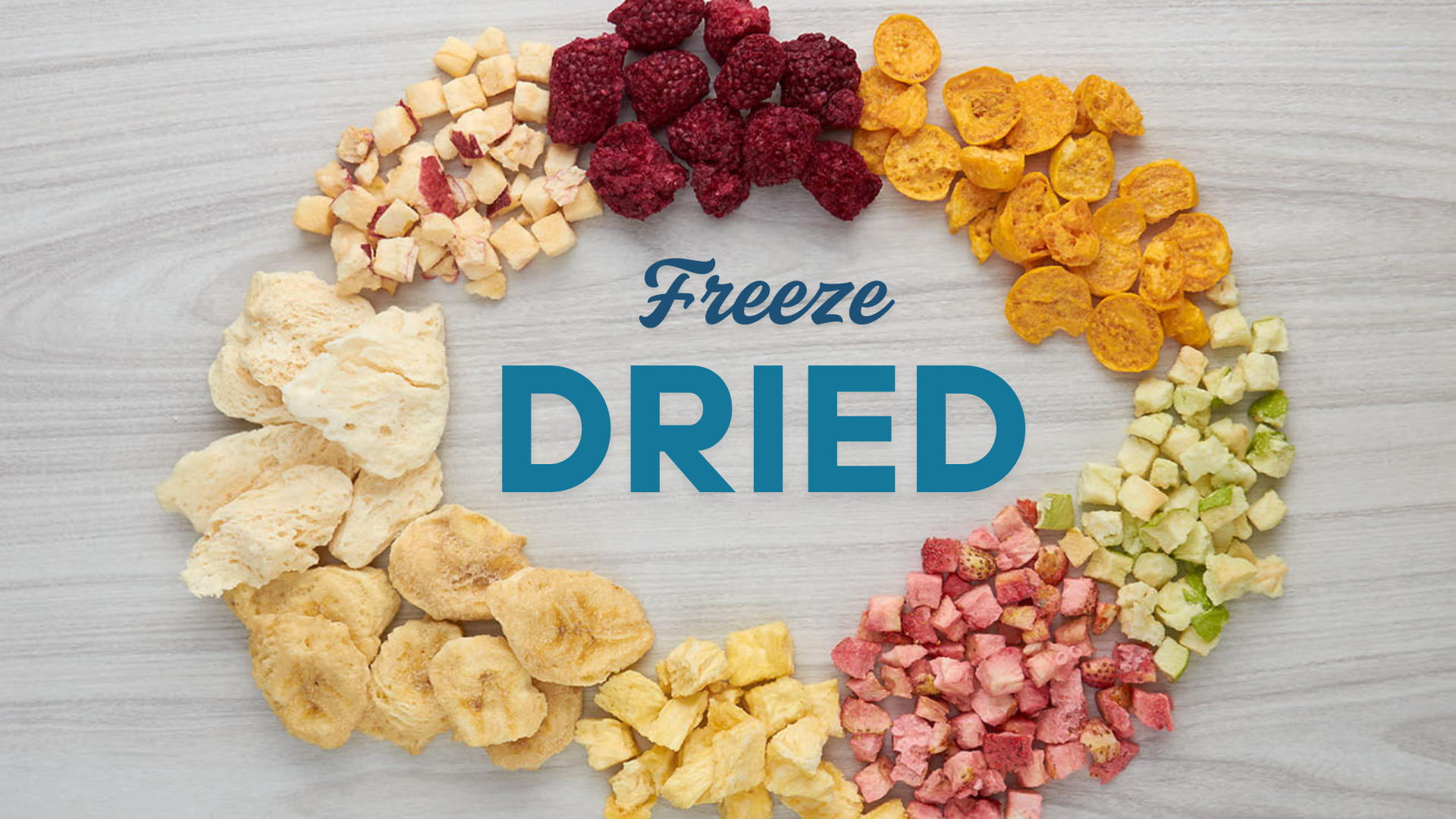
Nutrient Comparison Across Drying Methods
Here’s how different drying methods affect key vitamins, antioxidants, and bioactive compounds in fruits.
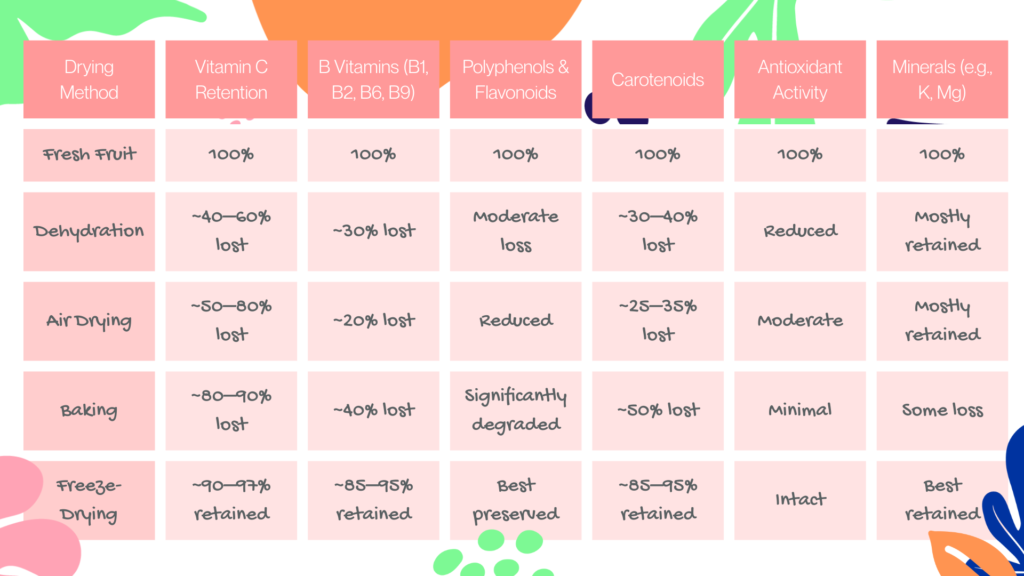
Disclaimer: Nutrient retention values are approximate and vary depending on the fruit, processing conditions, and specific drying techniques. This chart is for educational purposes and should not be used as a substitute for laboratory analysis.
Note:
Bioactive compounds like polyphenols, flavonoids, and carotenoids are natural plant compounds with antioxidant properties. Their retention varies significantly with processing temperature, oxygen exposure, and duration.
Key Takeaways:
Freeze-drying retains the most vitamins, antioxidants, and polyphenols while also preserving minerals extremely well.
Dehydration and air drying preserve most minerals and fiber but cause moderate losses of heat-sensitive nutrients.
Baking leads to the most nutrient loss, especially in antioxidants and water-soluble vitamins, though minerals remain largely intact.
Choosing Fruit Snacks Based on Your Wellness Goals
The drying method of fruit impacts texture, taste, and the nutrients retained. Here’s a quick guide to help you choose based on your wellness priorities:
🔹 Gut Health & Digestion
Freeze-dried and air-dried fruits retain more fiber and prebiotics, which support digestion and gut health. Dehydrated options also retain fiber but may lose some prebiotic properties due to higher heat exposure.
🔹 Brain & Mental Wellness
Freeze-drying preserves more antioxidants and bioactive compounds, which may support cognitive health and reduce oxidative stress.
🔹 Immune Support
Freeze-dried fruits retain more vitamin C and immune-supportive compounds. Dehydrated fruits may lose more of these nutrients due to prolonged heat exposure.
🔹 Energy & Snacking
Baked fruit chips offer great crunch and flavor but lose more nutrients. Dehydrated options provide a chewy texture and are more affordable, though they still lose some antioxidants compared to freeze-dried.
Disclaimer: This content is for general informational purposes only and does not replace professional medical or dietary advice.
Final Thoughts
The method used to dry fruit plays a major role in determining its texture, flavor, shelf life, and nutritional value. If preserving the highest levels of vitamins, antioxidants, and other bioactive compounds is your priority, freeze-dried fruits are the gold standard. This method locks in nutrients and delivers a light, crisp texture—though it typically comes at a higher price point due to the more advanced technology involved.
For a more affordable option, dehydrated and air-dried fruits offer a chewy texture and longer shelf life. However, these methods involve higher temperatures and longer exposure to air, which can result in greater nutrient loss compared to freeze-drying.
If you’re drawn to crunchy textures and caramelized flavors, baked fruit chips might be your go-to—but keep in mind they often experience the most significant nutrient degradation due to high heat.
In the end, the right fruit snack depends on what matters most to you—nutrient density, texture, flavor, or budget. Understanding how drying methods shape each of these factors makes it easier to choose what best supports your taste and wellness goals.
